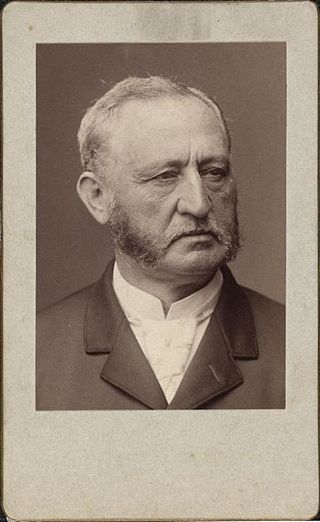Diagnosis
| | This section is empty. You can help by adding to it. (July 2018) |
| Pemphigus herpetiformis | |
|---|---|
| Other names | Acantholytic herpetiform dermatitis, Herpetiform pemphigus, Mixed bullous disease, Pemphigus controlled by sulfapyridine |
| Specialty | Dermatology |
Pemphigus herpetiformis is a cutaneous condition, a clinical variant of pemphigus that combines the clinical features of dermatitis herpetiformis with the immunopathologic features of pemphigus. [1]
Pemphigus Herpetiformis is an IGg mediated autoantibodies that affect the epidermal layer of the skin. [2]
| | This section is empty. You can help by adding to it. (July 2018) |

Pemphigus is a rare group of blistering autoimmune diseases that affect the skin and mucous membranes. The name is derived from the Greek root pemphix, meaning "pustule".
Nikolsky's sign is a clinical dermatological sign, named after Pyotr Nikolsky (1858–1940), a Russian physician who trained and worked in the Russian Empire. The sign is present when slight rubbing of the skin results in exfoliation of the outermost layer. A typical test would be to place the eraser of a pencil on the roof of a lesion and spin the pencil in a rolling motion between the thumb and forefinger. If the lesion is opened, then the Nikolsky's sign is present/positive.
Desquamative gingivitis is an erythematous (red), desquamatous (shedding) and ulcerated appearance of the gums. It is a descriptive term and can be caused by several different disorders.

Isidor Neumann, Edler von Heilwart was a dermatologist from the Austro-Hungarian Empire.

Dermatitis herpetiformis (DH) is a chronic autoimmune blistering skin condition, characterised by intensely itchy blisters filled with a watery fluid. DH is a cutaneous manifestation of coeliac disease, although the exact causal mechanism is not known. DH is neither related to nor caused by herpes virus; the name means that it is a skin inflammation having an appearance similar to herpes.
The Asboe-Hansen sign refers to the extension of a large blister to adjacent unblistered skin when pressure is put on the top of it. It is seen along with Nikolsky's sign, both used to assess the severity of some blistering diseases such as pemphigus vulgaris and severe bullous drug reactions.
Pemphigus erythematosus is simply a localized form of pemphigus foliaceus with features of lupus erythematosus.
Epidermolysis bullosa acquisita, also known as acquired epidermolysis bullosa, is a longterm autoimmune blistering skin disease. It generally presents with fragile skin that blisters and becomes red with or without trauma. Marked scarring is left with thin skin, milia and nail changes. It typically begins around age 50.
Impetigo herpetiformis is a form of severe pustular psoriasis occurring in pregnancy which may occur during any trimester.
Vesicular pemphigoid is a cutaneous condition, a clinical variant of bullous pemphigoid, characterized by a dermatitis herpetiformis-like presentation with grouped small tense blisters.
{{cite journal}}: Cite journal requires |journal= (help)